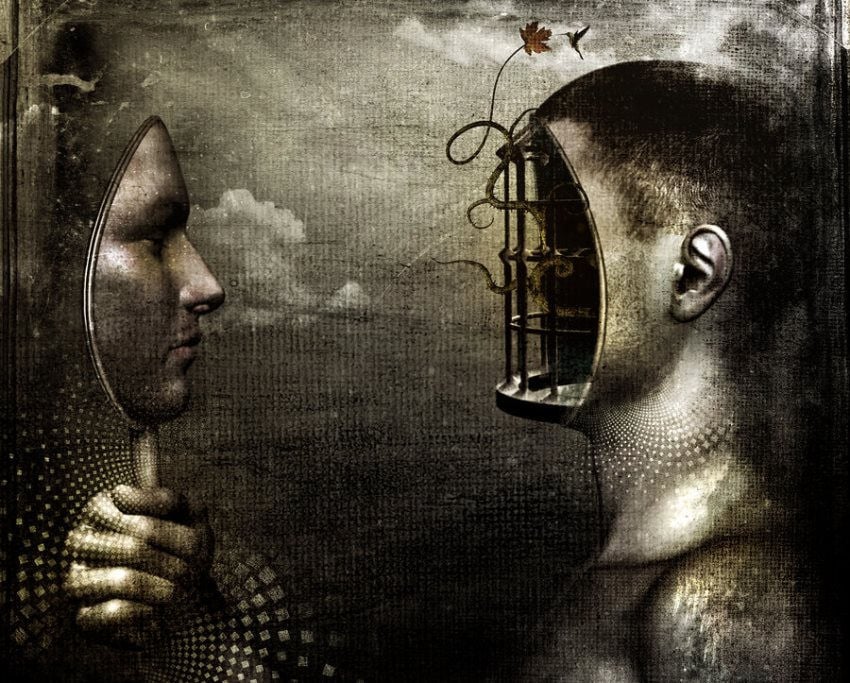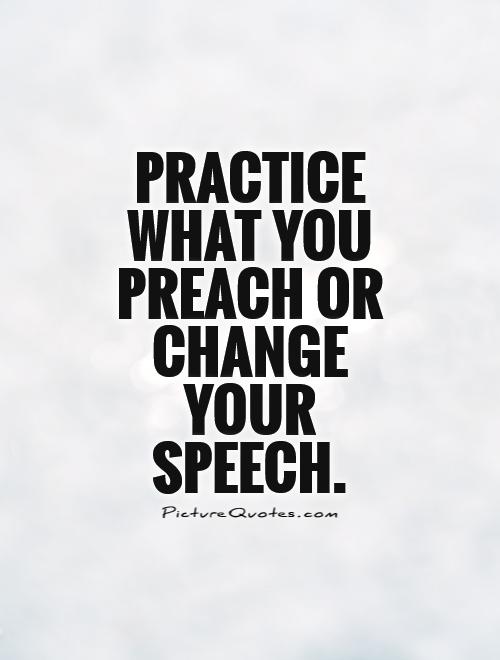#5: Mod 3 – Similarity
For the artifact, I wrote about the similarities and differences between my mother and step father, and analyzed why people get together. This unit involved comparing the saying “birds of a feather flock together” versus the saying “opposites attract”. This was a pretty fun artifact to do, because in talking to both of my parents about their perspectives and what they like about each other, I got to learn more about what those in a meaningful relationship might value the most about each other. In doing this activity, I learned that birds of a feather flocking together tends to be most true, but opposites attract does have some merit to it as well. It really just depends on the couple. Overall, I’d definitely say people that are similar tend to be together more often.

This image is a fun way of talking about similarity. We are who we are partially because of who we surround ourselves with, but at the same time, we choose to surround ourselves with certain people because we relate to them in such a way that we see ourselves in them in some fashion.
#4: Mod 12 – Aggression
This artifact involved reading off a list of actions and determining whether or not that I considered them to be an act of aggression or not. The results found that I did not see survival, accidents, or backhanded behavior as aggressive. Whereas job responsibilities/obligations, fighting, and unnecessary death were acts of aggression. I understand why people would view these listed acts differently that I do, as we have different experiences that skew how we view the acts of others. With that said, I also think it is probably universally violent for someone to purposely kick something for the fun of it. In doing this exercise, I learned that I had more of a black and white idea of aggression that I originally thought. The things that I considered aggressive or not definitely had themes and matched up with most of the examples of themes given within the assignment.

This image goes with the notion that we need to look at ourselves, even if it’s hard. Analyzing our reasoning and judgement is the only way we can grow as people and better understand ourselves and the world around us. Why are some actions more aggressive than others? Who is doing the action plays a part, and even then, we all perceive that role differently from each other too.
#3: Mod 9 – Close Relationships
This assignment was a fun one. It involved looking for classifieds for lovers online and analyzing what trends we found within men and women. I actually found significantly more gay men looking that either straight men or women of any sexuality. That in itself was pretty interesting to look at. In a way, they had similar trends to what I would’ve expected from men and women seeking each other. Men that were bottoms often sought out men with jobs, muscles, and other typically masculine attributes. Men that were tops were looking for more feminine, “femboy” or “sissy” type men. I don’t think I learned too much that is applicable to this course, but I certainly learned what men in my area are looking for!

I found this image of gay stereotypes or “tribes” and I thought that was a fun way to end this takeaway. It seems that a lot of gay men view themselves as some kind of tribe or another, and that it is common to specifically advertise as such as for which tribes they are looking for. Very clear cut expectations and desires for their partners.
#2: Mod 7 – Attitudes
This exercise made us look at what our beliefs are versus what we practice. it turned out that the general standard is that very few fully “practice what they preach,” as they say. While we may believe in fairly normal, “good” things, such as studying and keeping good habits, we often slack off a little more than we should. And with that, we also justify our reasons for it to be more okay than others doing the same things as us. There is a certain degree of hypocrisy to this idea. We teach our children not to judge a book by its cover, yet here we are, often doing just that. I can admit that I am guilty of it too.

This reiterates for us to practice what we preach, and that our views and beliefs don’t necessarily line up with our actual actions. Why is that? We have attitudes that are societal in nature, the “norm” in a way, but why do we act differently? Are we our own exceptions to those expectations around us?
#1: Mod 6 – The Self
This exercise looked at traits that we associate ourselves with, why we picked them, and how our actions and beliefs reflect on them. I chose the traits quiet, friendly, compassionate, short tempered, and snarky. The trait that comes out the most really does depend on the situation, as I’m sure is the case with most. After doing this exercise, I learned that I am more of a complex person than I originally thought, and that I am more in tune with my emotions and reactions to my surroundings way more than I thought I was. This exercise was my favorite one of them all because I learned the most about who I am through doing it, as well as reading through this unit.
Who we are and what we see may differ from what others view us as, and that’s okay. We know what we value and where our morals lie, and that makes up who we truly are. Putting up a front for the world to see is nowhere near our true person.